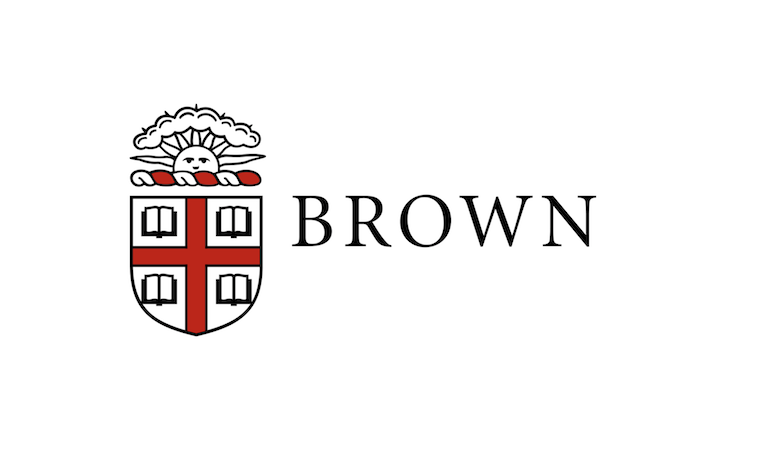Researchers at Brown University recently demonstrated a theorized way to disrupt superconductivity with weaker magnetic fields than are normally required through the creation of random gauge fields.
“In technology, we’re trying to eke more and more out of the quantum properties of materials, but those materials all have these messy impurities in them,” Brown Professor of Physics Jim Valles said. “We’ve shown the effects of a certain kind of quantum randomness in a superconductor that is driven by a magnetic field and random defects. So this work may be interesting for understanding what limitations there are in exploiting the quantum properties of materials.”
The researchers proved a predicted manner to disrupt Cooper pairs, which are pairs of electrons that behave like waves in cool temperatures.
Magnetic fields are a way to break the pairs apart, but -- using weaker magnetic waves -- the Brown team was able to disrupt the way the pairs propagate, which ends superconducting states.
“We can tune this phase shifter in a well-defined way that’s straightforward to model, which can allow us to understand quantum phase transitions a little bit better,” Valles said. “So, in a sense, we’ve created a new knob we can twist to affect the properties of these materials and see how they react.”
Researchers at Brown demonstrate new way to disrupt superconductivity


 Alerts Sign-up
Alerts Sign-up